Pingtan Island (平潭岛, also known as Haitan Island), the largest island in Fujian Province and the fifth largest in China, is a collection of interconnected islands. It lies in the east facing the Taiwan Strait and is separated by the Haitan Strait from Changle and Fuqing to the west. The island spans approximately 30 kilometers north to south and 19 kilometers east to west, covering an area of 274.33 square kilometers. Its highest point, Junshan, reaches an elevation of 438.7 meters.
Pingtan Island boasts a winding coastline stretching about 408 kilometers, featuring three major beaches: Changjiang Ao, Haitan Bay, and Tannan Bay, known for their fine white sands and clear, azure waters. The island is rich in natural and historical attractions, including Thirty-Six Lakes, Shipaiyang Reef, Xianren Well, Yipianwa Site, and cultural sites like Longfengtou Resort, making it a popular coastal tourist destination.
One of its unique features is the stone houses scattered across the island, showcasing distinctive local architecture and adding to its charm. Pingtan Island is a must-visit for tourists seeking both natural beauty and cultural heritage in Fujian Province.
Table of Contents
- Basic Information
- Location and Transportation
- Map of Pingtan Island
- Highlights of Pingtan Island
- Vlog about Pingtan Island
- Other Attractions in Fuzhou Suburbs
Basic Information
| Estimated Length of Tour | 2 hours |
| Ticket Price | Free |
| Opening Hours | 24 hours a day throughout the year |
Location and Transportation
Pingtan Island is situated in the southeastern part of Fuzhou City, Fujian Province, China. It is bordered to the east by the Taiwan Strait and separated by the Haitan Strait from Changle and Fuqing to the west. This strategic location places it at the crossroads of maritime routes and cultural exchange between mainland China and Taiwan.
You can take a bus or train from Fuzhou Bus Station or Train Station directly to Pingtan Island. Alternatively, you can take a bus from downtown Fuzhou to Pingtan Ferry Terminal and then transfer to a ferry for the final leg of the journey to Pingtan Island.
Map of Pingtan Island

Highlights of Pingtan Island
Ancient Temples
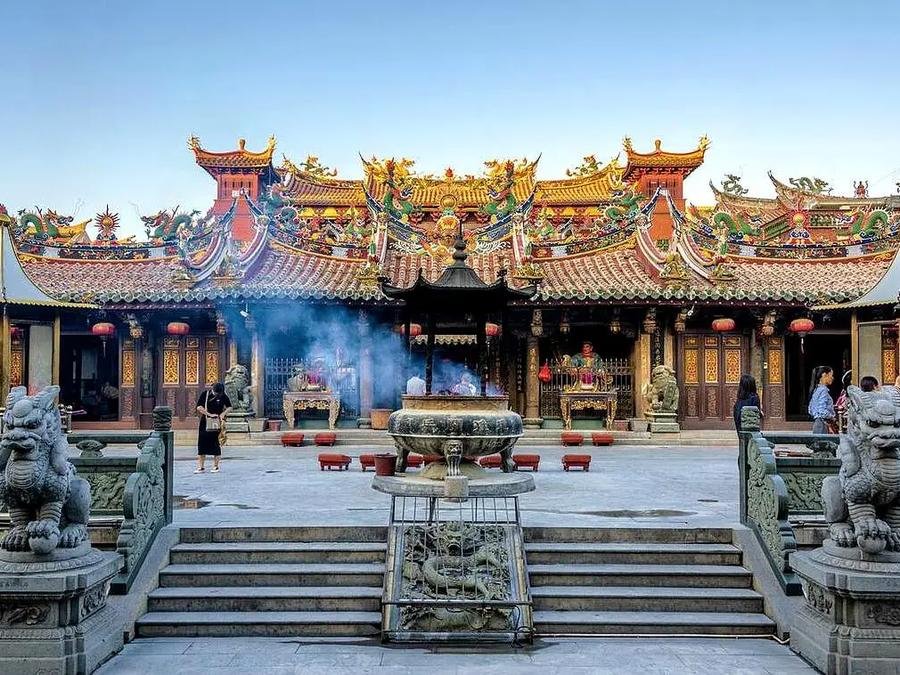
Pingtan Island is home to several ancient temples, often nestled in mountainous or coastal settings, offering serene environments conducive to spiritual contemplation. These temples typically feature stone and wood construction, showcasing a blend of rustic charm and historical significance. Key temples include:
- Xiahai Temple (Cangxia Village, Aodong Township): Founded during the Yuan Dynasty, known for its tranquil setting and ancient stone architecture.
- Longxing Temple (Tianzhong Village, Zhonglou Township): Dating back to the Ming Dynasty, recognized for its historical value and architectural style.
- Wufu Temple (Tancheng Town): Also known as Weiling Temple, located west of Wufu Temple Street in Tancheng Town. It features a stone plaque inscribed with “Wufu Realm” and is built atop a large flat rock, which contributes to the origin of the name “Pingtan.”
- Xiayu Tianhou Palace (Xiayu Village, Lancheng Township): Established in the early Qing Dynasty, dedicated to Mazu, the Goddess of the Sea, revered by locals for protection and blessings.
Ancient Sites
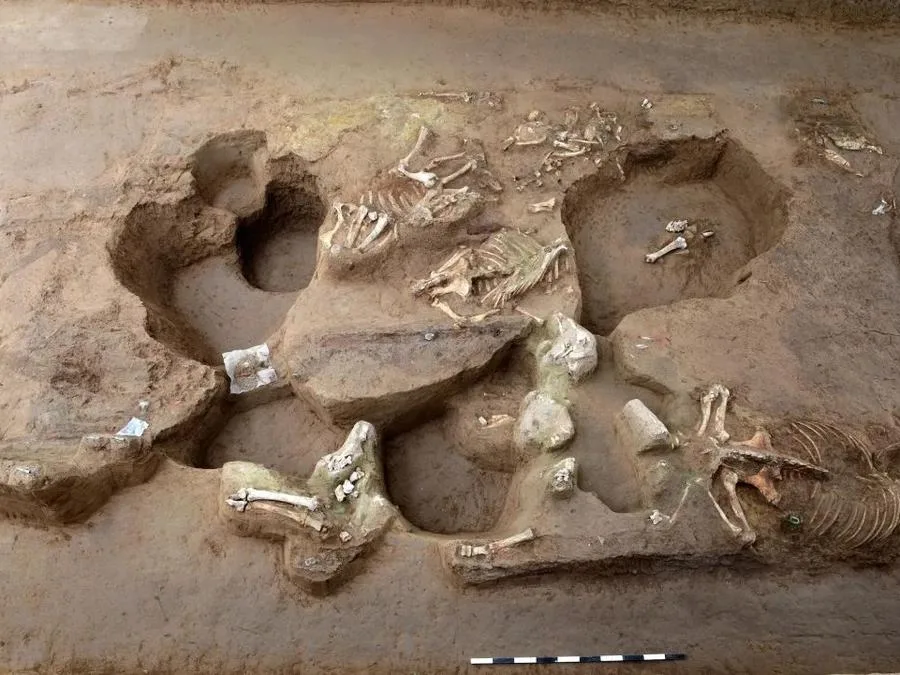
Pingtan Island preserves numerous ancient human sites, reflecting its long history and cultural significance. Notable archaeological sites include:
- Neolithic Sites: Such as Kedoutou Site in Pingyuan Township, Ciyuan Head Site in Aodong Township, and Shrine Site in Beicuo Town, dating back to the Neolithic Age.
- Shang and Zhou Period Sites: Including Ma’anshan Site in Botang Village, Baiqing Township, demonstrating artifacts and structures from the Shang and Zhou periods.
Military Relics
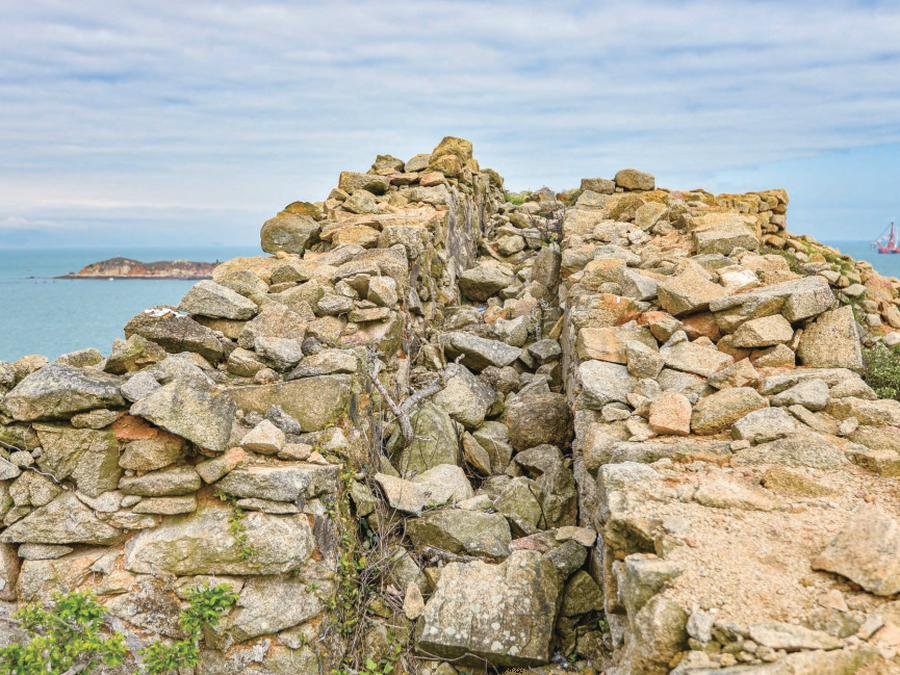
Historical military sites on Pingtan Island primarily date from the Ming and Qing dynasties, serving as defensive positions against Japanese and Qing invaders. These sites include ancient forts, watchtowers, and beacon platforms strategically positioned along the coastline:
- Ancient Forts: Over ten ancient forts remain, scattered across towns like Pingyuan, Su’ao, Beicuo, and Aodong, showcasing remnants of defensive architecture from historical conflicts.
- Beacon Platforms and Watchtowers: Notable examples include Fengji Mountain Beacon, Wuhuang Mountain Beacon, and Dazhai Watchtower, erected to monitor and signal maritime threats.
Traditional Architecture
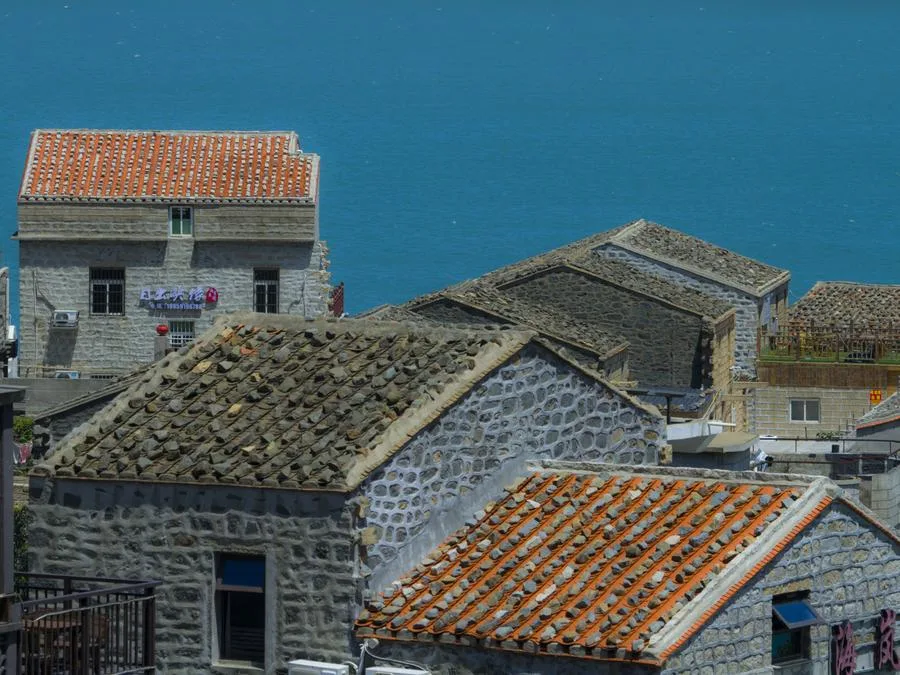
Pingtan Island is renowned for its traditional architecture, showcasing distinctive ancient residential styles known as Zhugao Cuo and Sishan Cuo.
Zhugao Cuo: Originating in the early Tang Dynasty as military barracks, Zhugao Cuo evolved into a prominent residential pattern on Pingtan Island. These houses feature solid stone walls, bamboo rafters, and fisheye skylights. The layout typically includes a front courtyard, hall, living quarters, rear courtyard, and a small gate, designed for ventilation and convenience, ideal for military use.
Sishan Cuo: Unlike Zhugao Cuo, Sishan Cuo lacks academies or courtyards. This layout comprises two rooms and a hall, with front and rear rooms on both sides, separated by stone walls and featuring a rigid stone roof and wooden structure. The hall is bright, while living quarters are dimly lit, reflecting functional design principles adapted to local conditions.
These traditional residences are constructed primarily from local granite and high-quality sea sand, known for their robustness and simplicity. Houses are often separated by screens or walls to ensure privacy, with unique features like stone mortars and pestles placed in front yards or halls, showcasing local customs and practices.


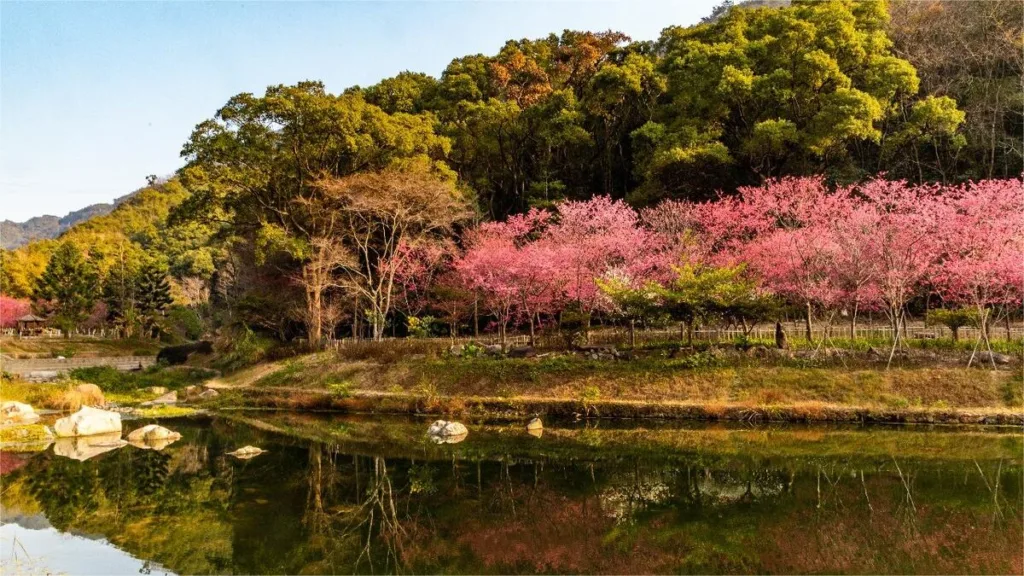




We encountered many vendors selling shell handicrafts at the scenic spot, and they had a colorful “glowing shell” that they claimed was a specialty of Pingtan. We bought some, but they were quite expensive and of poor quality, and they didn’t glow at all in the evening. After checking online, we found out that they were all artificially dyed and not authentic local products from Pingtan.
Today, the weather on Pingtan Island is nice, and it hasn’t rained. I expect to see the blue tears tonight. It looks like we’ll have sunny days for the next few days.
Pingtan Island is truly beautiful, but I have to say it’s really cold. The sea is also gray and the wind is quite strong. It must be even more stunning when the weather is nice…
Winter on Pingtan Island is truly beautiful. The strong winds and cold weather mean fewer people, making it a perfect time to capture atmospheric photos! Each attraction is worth experiencing, as you’ll discover the unique beauty of the seaside in winter. Just make sure to wear a hat, or else the wind might give you a headache!
Pingtan Island is beautiful, but it’s really cold! The wind blows sand into my mouth.
In Pingtan, it’s recommended to take a car hire for the main north route. The price is quite reasonable, and local drivers can help plan the itinerary. You don’t have to waste time looking for parking at the attractions, so you can stop and enjoy as you please. With a full day, you can explore all the sights along the north line.
Today the weather has finally cleared up, and jellyfish can be seen everywhere! Just keep clicking the shutter, and let the sea views do the rest! It’s the last sunny day before the typhoon.
The cost of living in Pingtan is indeed lower than in Sanya and Qingdao, but not by as much as it might seem. The suggestion online that the average cost per person is over 500 seems a bit exaggerated. For three of us traveling together for three days, we ended up spending around 1000 per person.